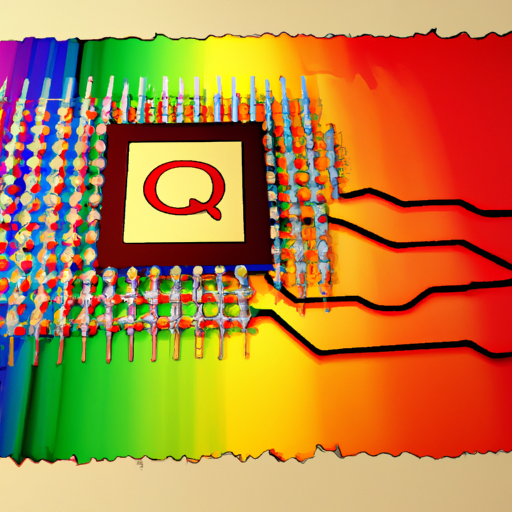In a world where data breaches and cyber attacks are on the rise, the need for advanced cybersecurity measures has never been greater. Enter quantum cryptography, a groundbreaking technology that promises to revolutionize the way we protect sensitive information.
What is Quantum Cryptography?
Quantum cryptography leverages the principles of quantum mechanics to secure data transmission. Unlike traditional encryption methods, which can be vulnerable to powerful computing attacks, quantum cryptography uses quantum bits (qubits) to create a communication channel that is virtually impossible to intercept without detection.
How Does It Work?
Quantum cryptography employs a method known as quantum key distribution (QKD). In this process, sender and receiver share a series of qubits that represent the encryption keys. If an eavesdropper attempts to intercept the communication, the very act of measuring the quantum states will change their values, alerting the legitimate parties of a breach. This unique feature provides an unprecedented level of security.
Recent Advancements in Quantum Technology
Recently, researchers have made significant strides in quantum technology, improving the practicality and reach of quantum cryptography. Advances in quantum repeaters and satellite-based quantum communications have paved the way for long-distance secure communications, breaking geographical barriers that limited earlier implementations.
Implications for Cybersecurity
As data breaches become increasingly sophisticated, the implementation of quantum cryptography could be a game-changer. Organizations across various sectors—including finance, healthcare, and government—are beginning to explore quantum encryption methods as part of their cybersecurity strategy. With quantum cryptography, sensitive data can be transmitted securely, significantly reducing the risk of data breaches and cyber attacks.
Challenges Ahead
Despite its potential, quantum cryptography still faces challenges, including high costs, the need for specialized hardware, and the technical complexity of implementation. However, as the technology continues to evolve, these obstacles may diminish, leading to wider adoption.
Conclusion
Quantum cryptography represents a significant leap forward in the realm of cybersecurity. As more organizations start to recognize its potential to safeguard sensitive information, the future of data protection looks brighter. Staying ahead of cyber threats requires embracing innovative solutions, and quantum cryptography is leading the charge.
Stay tuned as we continue to cover the developments in quantum cryptography and how it shapes the future of digital security.




